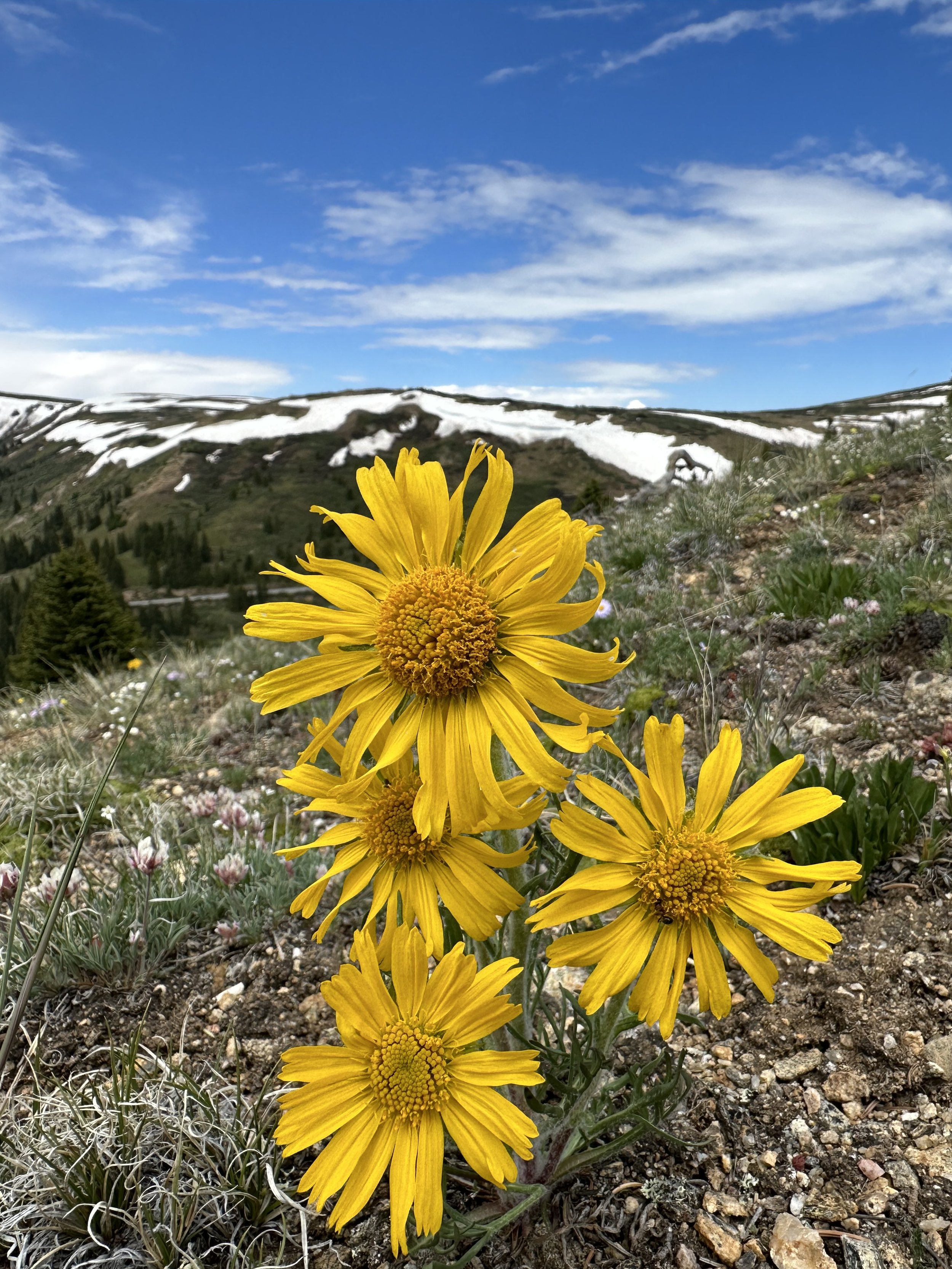Primula parryi, July 4, 2023
Blue Lake area, 12,000,’ July 30, 2023
Common & scientific name
Parry’s primrose, Primula parryi
Family
Primrose, Primulaceae
Location
North Halfmoon Lakes, 10,600’
Fun, weird, helpful, or little known fact
Known for its big, brilliant magenta flowers and stale-perfume-like smell, nothing lights up a high mountain stream like Parry’s primrose. Look for its smaller cousin, P. angustifolia, on drier alpine slopes.
10,500’, July 4




















